By Rod Charles
Would it surprise you to know that some of the world’s oldest legendary historical and holy landmarks are wet, spotty or made of metamorphic rock and found right in the southern Okanagan region?
It’s easy for tourists to recognize holy ground when standing next to the Wailing Wall in Jerusalem. Yet the fact is, a wall doesn’t have to be in Jerusalem to be holy and a building doesn’t have to be constructed by Romans to have historical significance.
Osoyoos has several important landmarks that may not be recognizable to most people but are important to the Osoyoos Indian Band, one of the first people to call the region home. Planning a trip to the Okanagan this fall? Add these stops to be inspired by Fall Legends.
nʕaylintn – McIntyre Bluff
McIntyre Bluff was previously named for a local settler, but it has been an important landmark for the Osoyoos Indian Band (OIB) and its Okanagan ancestors for millennia. Appropriately, it is now called nʕaylintn (pronounced nigh-lin-tin). Elder Sheri Stelkia hopes that future generations will see the land as her ancestors did, as the mother of all things.
“All living things come from the land and that’s what we are now,” says Stelkia, a member of the Osoyoos Indian Band. “This was a gift and it’s our responsibility.”
Feeling bold and fearless? This fall, challenge yourself to a leisurely hike to the top of nʕaylintn (673 metres, 2,208 feet) above the valley. We guarantee that you will love the colourful view once you have caught your breath.
Ha? Ki lil xw (or Kliluk or Spotted Lake)
Another legendary stop in Osoyoos is Spotted Lake, known to members of the Osoyoos Indian Band as Ha? Ki lil xw or Kliluk. Considered a sacred place of healing for centuries, Spotted Lake is so named because it is literally a body of water with several odd looking spots covering the surface. Many believe that each circle holds its own unique medicinal and healing properties. For this reason, Ha? Ki lil xw is a place of vital importance to the OIB. Ha? Ki lil xw is known for containing minerals like calcium, sodium sulphates and magnesium sulphate which create the look of the lake and gives it medicinal qualities. The spots are constantly changing throughout the summer as the minerals in the water change with evaporation. This causes the colours to vary from green to yellow.
Surrounding the lake are ceremonial cairns, including some buried underground that date to ancient times.
Spotted Lake is located in the South Okanagan Grasslands Protected Area. To reach the lake, follow Highway 3 west out of Osoyoos for (10 km, 6 miles). It can be photographed and admired easily from Highway 3, though access to it is tightly controlled by the OIB.
Nk’Mip Desert Cultural Centre
A museum doesn’t have to house a Van Gogh painting to have a deep cultural impact.
In Osoyoos, the Nk’Mip Desert Cultural Centre (pronounced in-ka-meep) tells the story of the Okanagan Nation, of which the OIB is a part.
For Taylor Baptiste, an Indigenous Education Advocate with Southern Okanagan Secondary School, OIB member and artist, the cultural centre is a direct link between her past, present and her future.
Her grandfather went to the Nk’Mip day school and excelled in the arts, painting, sketching, leatherwork and carvings. She continues his tradition of artistry.
“It was very special to have my drawings displayed along with the sketches done by my grandfather. I had grown up looking at what he had done my whole life,” she says.
In the fall and winter months the centre is self-guided. The centre features a 67-acre nature interpretive facility and has an indoor and outdoor gallery, inspiring educational displays, multi-media theatre experiences and self-guided tours through the desert along a beautiful 1.5-kilometre wooden boardwalk.
Experience the legends of Sen’klip (the Coyote) at one of the two multi-sensory theatres. Discover the desert ecology and wildlife in the “Living Land” display. Gutsier guests can head to “Critter Corner” and look into the eyes of a Western Rattlesnake and a Great Basin Desert Snake.
Desert Centre admissions go to the Osoyoos Desert Society, a nonprofit society dedicated to saving British Columbia’s biologically rich habitats.
NK’Mip Cellars Celebrates Harvest Season
Nothing says fall like a grape harvest. The grape-growing land of the South Okanagan resides in the traditional territory of the OIB. Thanks to the agricultural practices and spirituality of the OIB, the land is fertile and there is a thriving wine market in the region.
Fall brings legendary excitement to the wine region with the annual grape harvest a time of preparation and anticipation for winemakers. NK’Mip Cellars winemaker Justin Hall says the process of harvesting grapes “is like a new-born baby again every year.”
“You get all this excitement going. You’re wondering what you’re going to get when harvest comes,” says Hall, who works under senior winemaker Randy Picton to create NK’Mip’s award-winning wines.
“Everything is about the fall. That’s your crunch time. You’re looking constantly at the fall, at the fall.”
Not surprisingly, NK’Mip is home to some of the finest vineyards in the province, gifting Hall and Picton with outstanding grapes to spin their magic from barrel to bottle to glass.
NK’Mip Cellars, noted for being North America’s first Aboriginal owned and operated winery, is not only a great place to purchase outstanding wine but also a living example of how land has been passed down to our generation in perfect condition.
The South Okanagan towns of Oliver and Osoyoos have turned harvest season into a special time for area locals who want to unwind and have fun. If you want an insiders’ view and enjoy the local scene, then the South Okanagan is the place to be this fall.

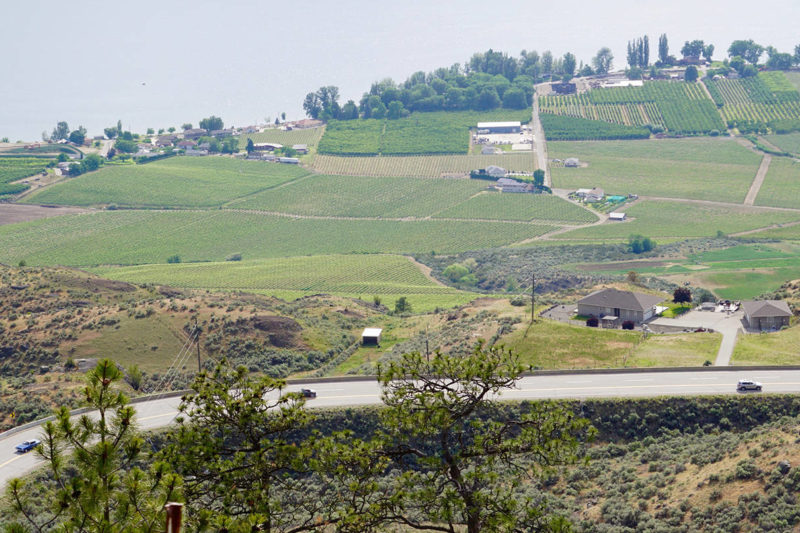


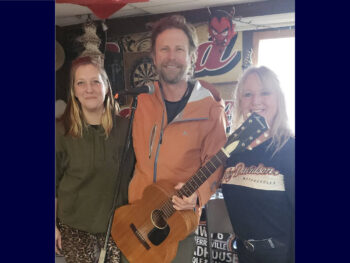
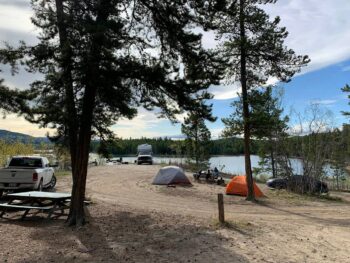
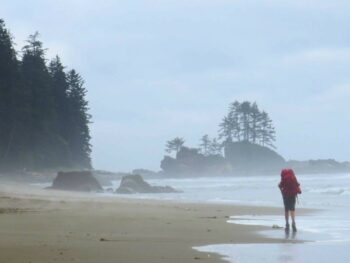

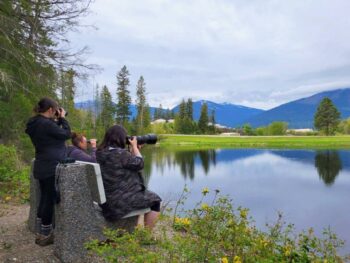

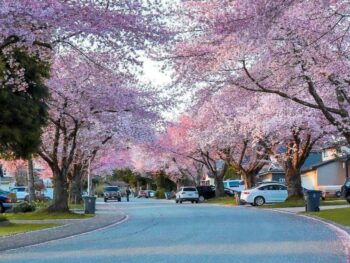
 6 Ways to Make Your Indigenous Vacay in the Okanagan More Meaningful
6 Ways to Make Your Indigenous Vacay in the Okanagan More Meaningful